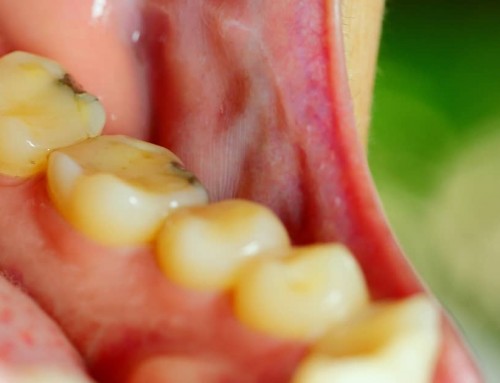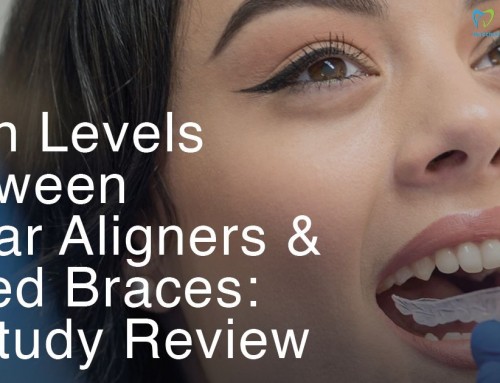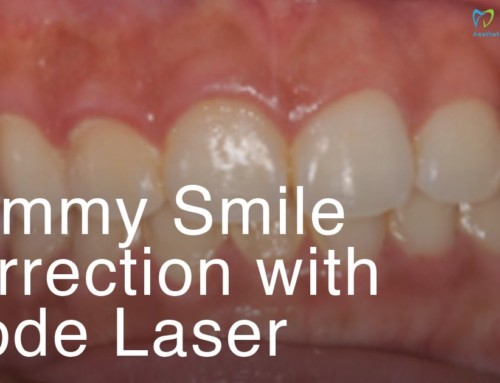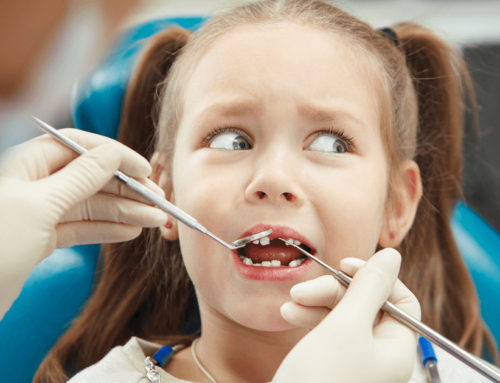
A recent study titled ‘Strategies to manage patients with dental anxiety and dental phobia: literature review’ reveals that going to the dentist is the least favourite thing for many people. In fact, research shows that more than 45% of people say that they get anxious when the have to visit a dentist. Out of these, 12% become so nervous that they don’t go through with the visit at all, until it is an emergency.
This fear is quite common and everyone has their reasons for trying to avoid the dentist. In fact, these problems can even manifest themselves during non-invasive procedures like teeth straightening with Invisalign.
The only good news is that dentists know how to help people with these issues. We can help alleviate anxiety so patients can overcome fear and feel confident enough to undergo check-ups and treatments.
How Can Dentists Diagnose Anxiety, Fear And Phobia?
The study finds that people who suffer from dental anxiety begin to feel uneasy as their appointment draws near. Their unfounded fears and worries – while unfounded – begin to take over their rational selves.
Dental phobia is also a very serious condition that can be more debilitating than dental anxiety, as it leads to an intense fear. People become so terrified of the dentist that they are positively panic-stricken at the idea of going to one.
However, as a dentist, you are specially trained to identify this phobia in patients during the initial interaction, and you should be able to create a management plan to combat these issues successfully.
This plan should include:
Semi Structured Interview
This is a simple conversation in a relaxing environment, where you can ask a few open-ended questions to identify the cause of fear and anxiety in a patient.
Anxiety Questionnaire
You may use multiple-choice or single self-reporting questionnaires to learn more about the patients. Their answers can help you categorise patients as mildly anxious, moderately anxious, extremely anxious or dental-phobic.
Subjective Assessment
Sometimes, the patients may not be able to accurately self-report their anxiety status. So to be sure of the results, you can also closely examine the psychophysiological, behavioural and emotional responses to understand anxiety and fear.
Objective Assessment
Assess the pulse rate, blood pressure, galvanic skin response etc. to understand if the patient is overly anxious during the check-up/treatment.
Causes Of Dental Anxiety And Phobia
According to the study, dental patients who present with these issues also report:
- Previously going through a traumatic dental experience
- Trauma to the head or neck
- Other distressing experiences
- General anxiety, depression or PTSD
- Believing the dentist is invading their personal space
- Fear of losing control of the situation
- Anxiety associated with other conditions such as agoraphobia (fear of not being able to escape), claustrophobia (fear of small spaces)
- Having an obsessive compulsive disorder (OCD) about cleanliness
Strategies for Prevention and Management
Fear and pain are often presented together in a dental patient; according to some estimates, 10 to 12 million phobic people are actively avoiding dental treatments at any given time.
As a dentist, having an open discussion and educating patients can help you create a tailored treatment plan that includes coping techniques such as:
- Deep breathing
- Meditation
- Guided imagery or distraction
- Muscle relaxation
- Biofeedback
- Acupuncture
- Clinical hypnosis
A patient may even be referred to a psychologist for professional help using targeted therapies.
On the other hand, you may also provide treatment with sedation dentistry techniques, such as relative analgesia i.e. laughing gas or conscious sedation amongst other options.
Inhalation Sedation
Nitrous Oxide or laughing gas can help patients relax, but still stay conscious and follow basic commands.
The patient won’t necessarily remember the visit once the effects of laughing gas wear off.
Anxiety-Relieving Medication
You can prescribe oral medication to help anxious patients relax before the treatment begins.
Of course, they’ll have to be accompanied by someone to and from the dental office, as it is not safe to drive under the influence of anxiolytic medication.
Intravenous Sedation
A drip is placed into a vein on the arm or hand of the patient, providing IV sedation to help them relax.
With this, the patient remains conscious and responsive to verbal prompts, but potential side effects include drowsiness afterwards.
In Conclusion
Phobias are generally tough to manage, but dental phobia and anxiety in particular can have a devastating impact on a persons everyday health and quality of life.
A successful dental treatment depends on the dentist-patient relationship and this is an important area that has to be managed well, especially in aesthetic dentistry. At ADDA, we cover the topics of handling the patient experience, identifying their pain-points and building trust in the Advanced Anterior Aesthetics course. A relaxed patient in the hands of an expert dentist leads to a less traumatic experience and an all-around better outcome.




